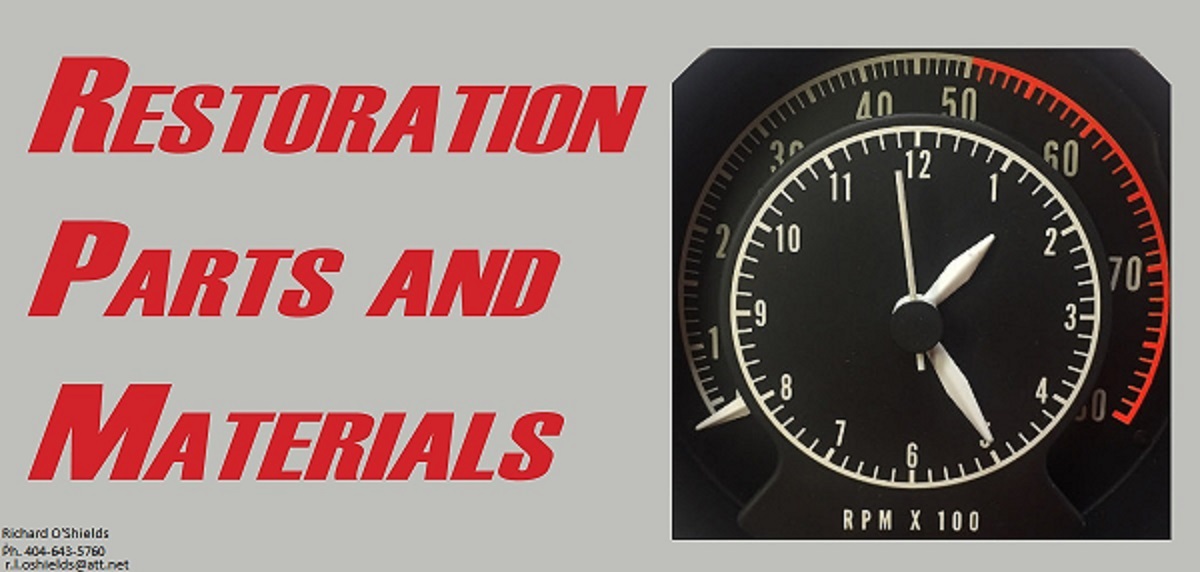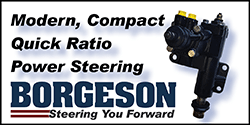440 Valley pan with heat riser blocked off. Felpro 1215 is part number. I think old engines tend to run hot, so cooling the air/fuel mixture with a block off is a good idea. I'd rather take longer at warm up and have cooler air/fuel during normal operation.
Older engines, if in correct tune and with a correct cooling system, are just as likely to run cooler than a modern engine that is trying to minimize emissions with a 200° 'normal' coolant temp. The heat riser passage is also there to keep the fuel atomized after it goes thru the carb; the venturis and vaporization of fuel will cool the intake charge considerably. Esp with a bigblock, which has an air-gap intake, and no hot cam oil hitting the intake (air serves an insulator). IMHO, I would not casually block one off on a near-stock engine. I have had 2 318s in my life ('68 and '81) that plugged the passage with carbon and both engines ran very poorly. Even upgrading them to a 195 T-stat did not solve it, and the LA has an oil-splashed intake manifold. Both ran normally after the passages were cleared.
If one is concerned with the faster vaporization/boiloff of modern fuel vaporlocking the carb when the engine is shut off, a carb insulator would be a good idea, because it will still allow the intake charge to atomize properly when it hits the intake.
FWIW - I tried a riser blockoff in my 68 Fury many years ago, got a *terrible* exhaust resonance around 2000rpm, it sounded like 3 cyls of misfire with no mufflers. Came and went like a lightswitch at 1 spot in the rpm range. I drove it like that for about 500 ft down the street, and went right back home to open the passage. The blocked passage moved the total exhaust system resonance frequency to where it matched the engine firing frequency at that rpm. I could've switched a muffler length or section of tubing size (the X-pipe would've equalized backpressure) to move the resonance frequency back outside operating rpm, but had no way to predict if it would've been sufficient.
Factory Manifold: In my opinion the half circles are not good as a heat release, because they release heat up toward where the air cleaner and fuel lines are. Hope the block off pan minimizes any heat issues. Heat needs to go out the exhaust pipes and radiator.
Those passages hold exhaust gas and will be significantly warmer than the surrounding areas of the head, so that gap is to maintain an 'even' temperature gradient along the entire head, preventing the center 4 cyls from getting a warmer intake charge than the corner cylinders. Yes, that hot air will rise, but lesser of 2 evils?
For that matter, if you DO poke around with a small magnet, you'll be amazed at the haul of washers, cotter pins, small screws, carb linkage clips, etc. that have ended up there over the past 50 years....
Not to mention acorn hats and pieces of field corn.



 on the roll of pennies in the riser passage. Wive's tale. I can't imagine all the problems that could cause, and without blocking much of searing exhaust flow. As for aluminum foil, that would last about 20 seconds at WOT.
on the roll of pennies in the riser passage. Wive's tale. I can't imagine all the problems that could cause, and without blocking much of searing exhaust flow. As for aluminum foil, that would last about 20 seconds at WOT.
















